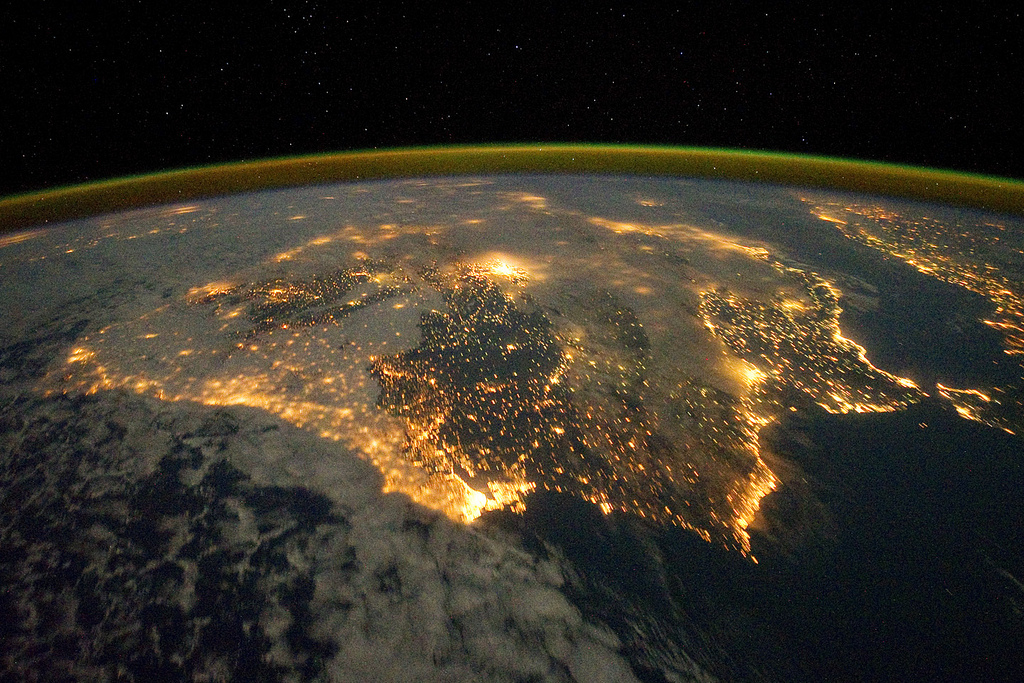The latest league table compiled by the Wiki-solar.org website offers an insight into how the world’s emerging PV markets are changing the face engineering, procurement and construction (EPC) service provision.
Wiki-solar chief Philip Wolfe concedes the data gathered by his solar news service is based on reported contracts, so the new EPC list underestimates work undertaken by Chinese companies which frequently goes under-reported. However, as a snapshot of the changing shape of EPC operations outside China, the influence of new solar markets such as Egypt and Vietnam is notable.
Norwegian EPC Scatec Solar, at 14th on the list, is the highest climber in terms of performance from the start of last year until midway through this year. The list considers only projects with a generation capacity of at least 4 MW.
According to Wiki-solar, Scatec has carried out EPC work on 28 projects with a total generation capacity of 858 MW and a significant chunk of that work has taken place in Egypt, Brazil, Jordan and Malaysia. Scatec announced in June it had connected 195 MW of an eventual 400 MW of solar capacity at the sprawling, 1.8 GW Benban solar field in Egypt, with the balance due to come online this year.
Resurgent Spain
Spanish EPCs Acciona and TSK were also among the beneficiaries of the huge Egyptian project, although Wolfe points out it is a revived solar market in their homeland, as well as in South America, which has hoisted them up the current global ranking to 12th and 24th positions, respectively. Fellow Spanish companies ACS (15th in the list), Sener (25th) and Gransolar (26th) have also been buoyed by the same markets.
Greek EPC Egnatia Energy & Metka-Egn has broken into the Wiki-solar EPC top 30, in 29th position, after reaching 528 MW of installed capacity spread across 64 projects, for an average project size of 8.25 MW. However, the Greek company’s appearance came as a result of a resurgent Turkish market during 2017 which now appears dogged by hurdles again.
And there is a salutary warning of the problems associated with riding the solar wave in the presence of Australian engineering group RCR Tomlinson at number 20 on the list. The Sydney based company overextended itself and went under after filing for administration in November 21.
German EPCs also exploited rising demand in new markets in the Americas and Asia – particularly Vietnam – to maintain their leading positions in the EPC market. Juwi in October announced it had amassed a 130 MW pipeline in Vietnam as the country’s solar industry took off like a rocket on the back of generous government incentives. Juwi sits fourth on the Wiki-solar table, with a reported 125 EPC projects on 1,842 MW of solar capacity. Innogy-owned Belectric sits sixth in the ranking, with 134 contracts on 1,697 MW of capacity and Enerparc is listed eighth, with 1,626 MW of EPC capacity across 203 reported projects.
Top dog
Although First Solar remains the world’s biggest EPC, at least in terms of reported project work, change could soon be in the air with Wolfe stating: “The top spot is now under threat.” The U.S. giant had performed EPC work on 4,221 MW of solar capacity by mid 2019 but has switched focus to solar module manufacturing and its rivals are gaining ground.
According to Wiki-solar, Indian EPCs Sterling & Wilson and Acme Solar, plus second-ranked U.S. rival Swinerton, have between them carried out work on 3.5 GW of project capacity in the last 18 months, versus around 333 MW by First Solar.
U.S. firm SunPower and Korean outfit Hanwha Q-Cells have also tumbled down the rankings after prioritizing solar manufacturing over downstream project work since the start of 2018. Other companies which have no reported EPC work during that period include Spain’s Abengoa Solar; Datong Guotou, the only Chinese company listed; and U.S. entity Bechtel, which Wolfe noted seems to have been inactive in solar EPC work for the last five years but which remains on the ranking thanks to three historic projects amounting to 753 MW of capacity.
This content is protected by copyright and may not be reused. If you want to cooperate with us and would like to reuse some of our content, please contact: editors@pv-magazine.com.




I’m extremely excited about the growing rave relating to clean energy particularly solar.
We are currently negotiating financing for our proposed 300MW solar PV power plant in Nigeria and I honestly can’t wait to see the action when we open an international EPC bid for the project.
Keep up the good work.
Agusah Paul Dajo